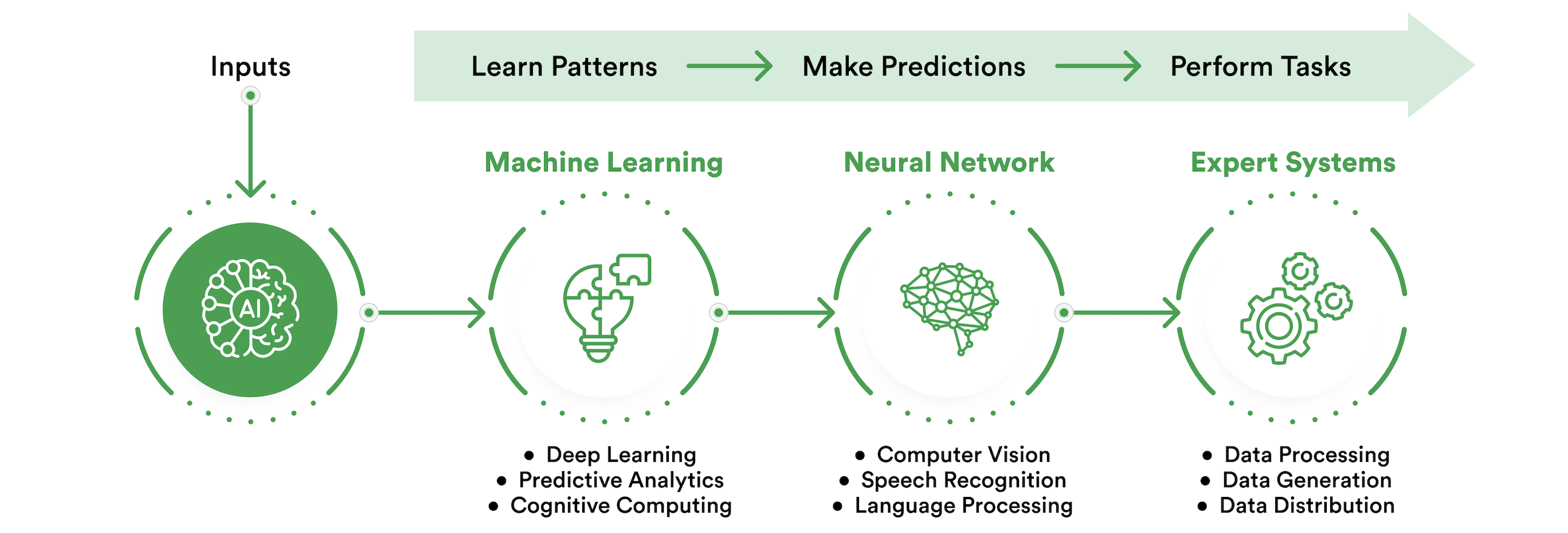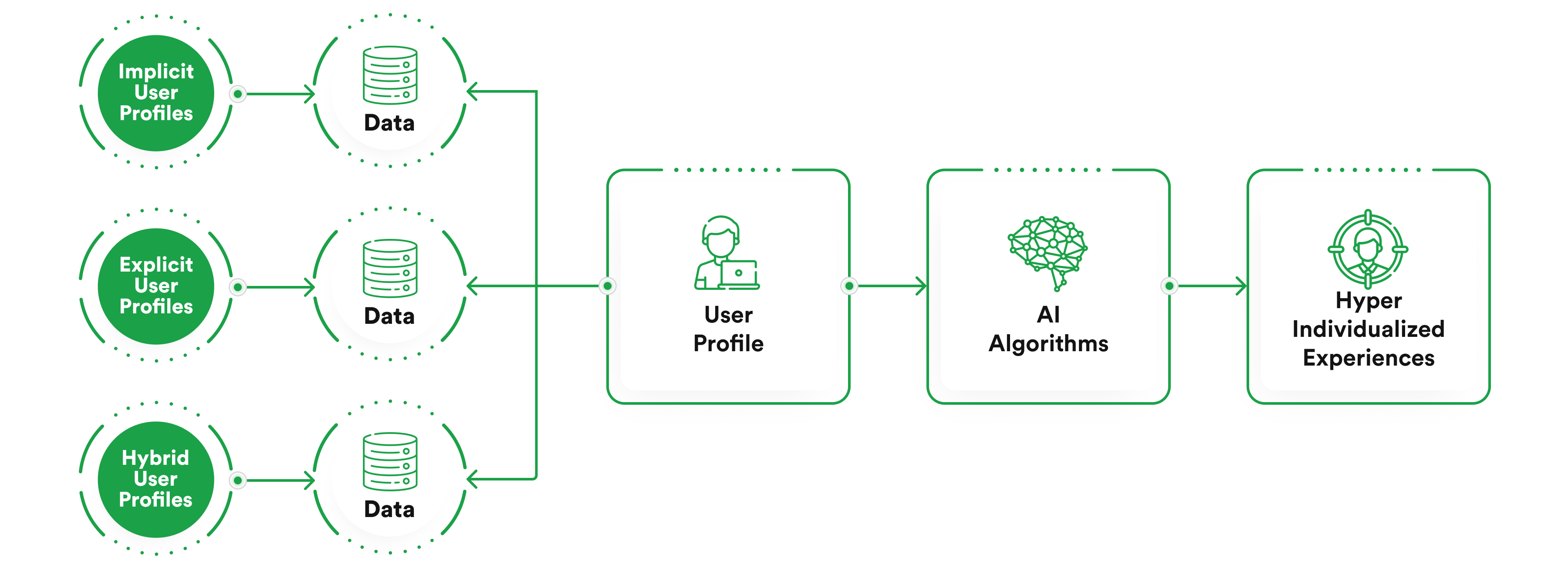Recommendation engines form the backbone of AI-driven personalization. They deliver tailored suggestions that enhance the user experience by providing relevant content, products, or services precisely when the user needs them.
Types of AI-Powered Recommendation Systems
Collaborative Filtering Systems
Collaborative filtering is one of the most widely used approaches in recommendation systems. It leverages patterns from multiple users to make predictions. It operates on the premise that users who have shown similar interests will have similar preferences in the future. Collaborative filtering can be further divided into two types: user-based and item-based. In user-based collaborative filtering, recommendations are made based on user similarity. On the other hand, item-based collaborative filtering identifies relationships between items.
Content-Based Systems
Content-based filtering recommends items by analyzing the attributes of the items themselves rather than relying on user preferences. This system uses information about the content a user has interacted with, such as genre, keywords, or other metadata, to suggest similar content. This recommendation system is particularly effective in applications where user tastes are specific or niche, as it allows for highly tailored recommendations based on individual preferences.
Knowledge-Based Systems
Knowledge-based recommendation systems leverage specific knowledge about users and items to provide recommendations that match their explicit needs or requirements. This approach is especially useful in industries where users make choices based on specific criteria rather than broad preferences. Unlike collaborative and content-based systems, which rely on historical data and behavioral patterns, knowledge-based systems utilize detailed information about both the user and the items to align recommendations with constraints and needs, making them highly applicable in specialized domains like real estate, travel, or financial planning.
Hybrid Recommendation Systems
Hybrid recommendation systems combine collaborative filtering, content-based filtering, and sometimes knowledge-based methods to create a more robust and accurate recommendation model. By integrating multiple approaches, hybrid systems can overcome the limitations of individual recommendation techniques. Hybrid models are highly flexible and can adjust to changing user behaviors, making them suitable for complex applications that require high levels of personalization.
The impact of AI recommendations
The impact of these recommendations on user engagement and conversion rates is significant. Take Netflix as an example; over 80% of content viewed on the platform is discovered through personalized recommendations, which enhances user satisfaction and contributes to longer viewing times and reduced churn rates.
E-commerce platforms, too, see substantial returns from recommendation engines. Platforms can effectively drive additional purchases and increase average order values by providing product suggestions tailored to user interests. In finance, AI-powered tools can recommend personalized financial products or investment plans, while retail platforms employ recommendation engines that provide dynamic pricing and targeted product suggestions based on the customer’s location, past purchases, and browsing patterns.
AI-driven personalization optimizes user experience and deepens user loyalty by delivering tailored suggestions. Customers increasingly prefer brands that understand their unique preferences and needs.









